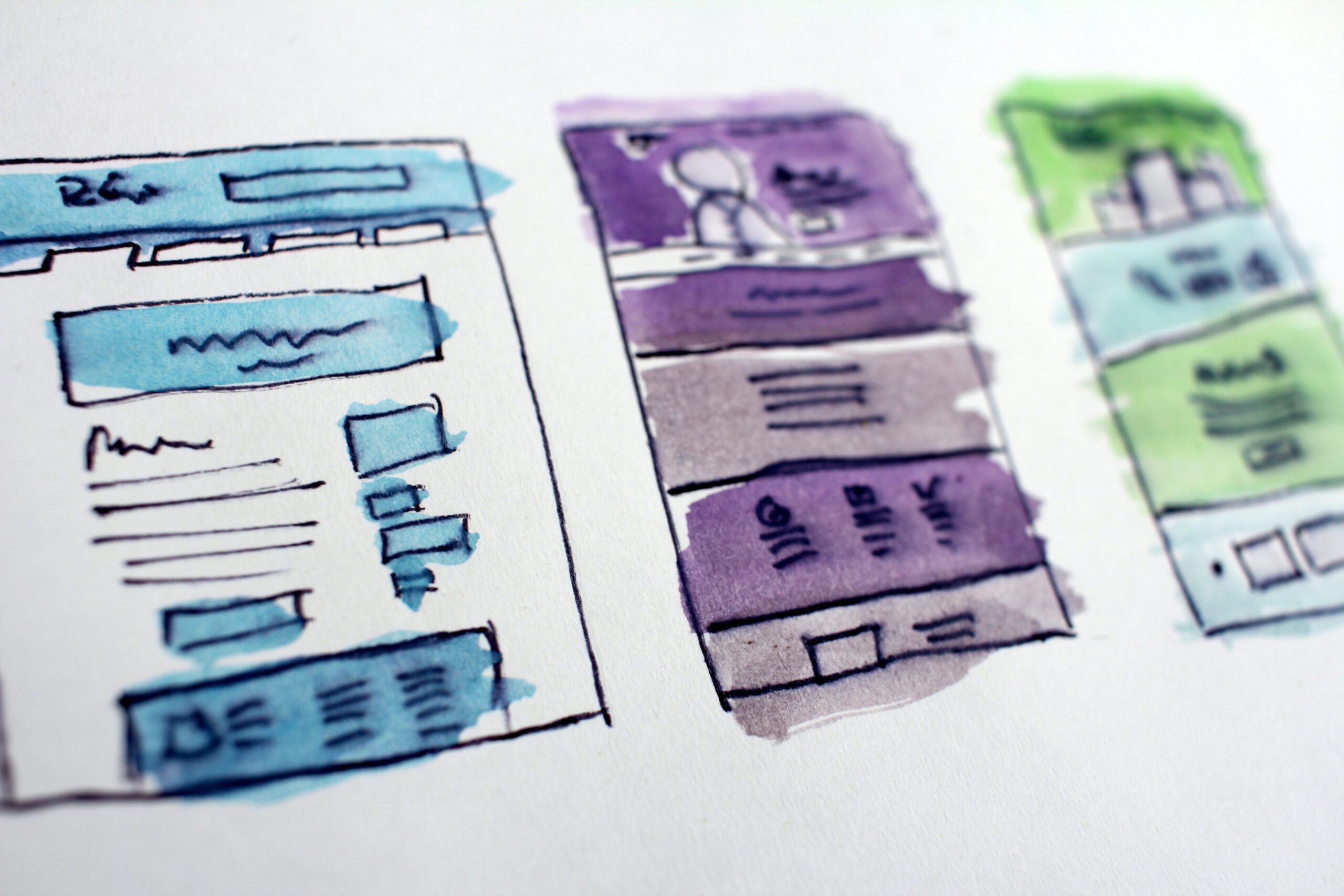Here are 20 templates for reaching out to someone expressing challenges that can possibly be resolved with the product you are building, while ensuring empathy:
- Hi [Name], I hope this message finds you well. I noticed that you mentioned struggling with [challenge] in your recent post. I’m working on a product that might be able to help, and I’d love to hear more about your experience with this issue.
- Hello [Name], I came across your comment on [platform] about [challenge], and it really resonated with me. I’m building a product that could potentially address this problem, and I would love to chat more about your thoughts on this topic.
- Hi [Name], I understand that [challenge] can be frustrating and time-consuming. I’m developing a solution that could make this process a lot easier, and I’d love to hear your thoughts on it.
- Hello [Name], I saw your post about [challenge] and wanted to reach out. I’m building a product that I believe could really help with this issue, and I’d love to learn more about your experience.
- Hi [Name], I read your recent article on [platform] about [challenge], and I found it very informative. I’m currently developing a product that could potentially address this issue, and I’d love to get your thoughts on it.
- Hello [Name], I saw your tweet about [challenge], and I can definitely relate. I’m building a product that could potentially solve this problem, and I’d love to chat more about it if you’re interested.
- Hi [Name], I came across your profile and noticed that you work in [industry]. I’m developing a product that I believe could really benefit professionals in this field, and I’d love to hear your thoughts on it.
- Hello [Name], I understand that [challenge] can be a major obstacle in [industry], and I’m developing a product that could potentially help. I’d love to get your input on this issue.
- Hi [Name], I noticed that you’re passionate about [topic], and I’m working on a product that could potentially make a big difference in this area. I’d love to hear your thoughts on how it could be improved.
- Hello [Name], I read your blog post about [challenge], and I found it really insightful. I’m building a product that I believe could address this issue, and I’d love to get your feedback on it.
- Hi [Name], I came across your comment on [platform] about [challenge], and I completely understand how frustrating it can be. I’m developing a product that could potentially help, and I’d love to hear your thoughts on it.
- Hello [Name], I saw your post about [challenge], and I can definitely relate. I’m currently building a product that could potentially solve this problem, and I’d love to chat more about it.
- Hi [Name], I noticed that you’re a [job title] in [industry], and I’m building a product that I believe could really benefit professionals in this field. I’d love to hear your thoughts on it.
- Hello [Name], I understand that [challenge] can be a major pain point for many people, and I’m developing a product that could potentially help. I’d love to get your input on this issue.
- Hi [Name], I read your recent post about [challenge], and I found it very informative. I’m building a product that could potentially address this problem, and I’d love to hear your thoughts on it.
- Hello [Name], I saw your tweet about [challenge], and I’m currently working on a product that could potentially solve this issue
- Hey [Name], I saw your post about [challenge]. I’m sorry you’re dealing with that – I can imagine how frustrating it must be. At [Company Name], we’re working on a product that can help solve that problem. Would you be interested in chatting more about it?
- Hi [Name], I read your comment on [social media platform] about [challenge]. We’ve been developing a solution for that exact problem at [Company Name]. I’d love to hear more about your experience and see if our product could be a good fit. Are you available for a quick chat sometime this week?
- Dear [Name], I came across your recent article on [publication/website] discussing the difficulties of [challenge]. I completely empathize with your situation – it’s a common issue that many people face. At [Company Name], we’ve developed a product that we think can help. Would you be open to discussing your experience and seeing if our solution could be a good fit for you?
- Hi [Name], I noticed that you recently posted about [challenge] and how it’s impacting your daily life. As someone who’s working on a product that could potentially help with this issue, I’d love to hear more about your experiences and see if there’s anything we can do to assist.
- Hey [Name], I saw your comment about [challenge] and how it’s been causing you some difficulties. I’m currently developing a product that could potentially offer a solution, and I’m very interested in hearing more about your thoughts and experiences related to this issue.
Customizing these templates can help personalize your outreach message and make it more effective in engaging with the recipient. The first step in customizing these templates is to research the individual and their specific situation or challenge. This can involve reviewing their social media profiles, blog posts, or other online presence to gain a better understanding of their needs and interests.
Once you have an understanding of their situation, you can tailor the message to speak directly to their concerns and highlight how your product or solution can specifically address their challenges. This could involve referencing their previous posts or comments and demonstrating how your product could provide a solution.
It’s also important to make the message personal and engaging. This can involve using the recipient’s name, adding a friendly greeting, or including a call to action to encourage a response. By customizing the message, you can increase the likelihood of a positive response and ultimately build a stronger relationship with the recipient.
Customizing these outreach messages shows that you’ve taken the time to research and understand the recipient’s specific situation, and that you’re not just sending a generic message to everyone. By addressing their specific challenge or interest, you show that you empathize with their situation and are genuinely interested in hearing their thoughts and experiences. This level of personalization can go a long way in building trust and rapport with the recipient, and can ultimately lead to a more productive and meaningful conversation. Ultimately, empathy helps us create more meaningful and impactful connections with the people we are trying to reach.
Our ebook, “Transcending Self-Interest: How Embracing a Higher Purpose Can Drive Successful Traction for Your Side-Project,” shows you how embracing empathy for your users or customers can help you achieve your goals. Download the ebook now to learn how prioritizing empathy can help you build a startup that resonates with your audience, drives traction, and creates real-world change.








